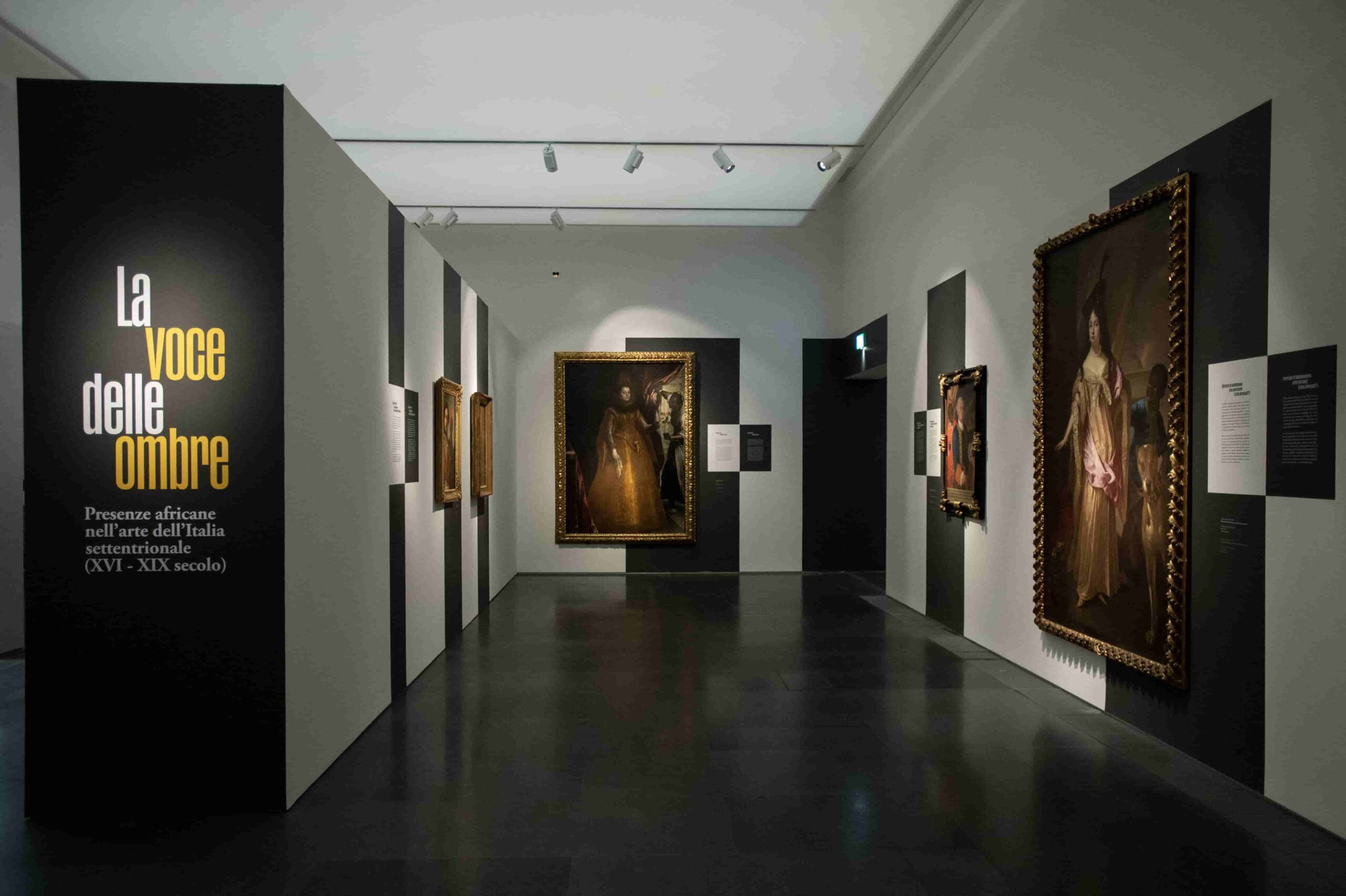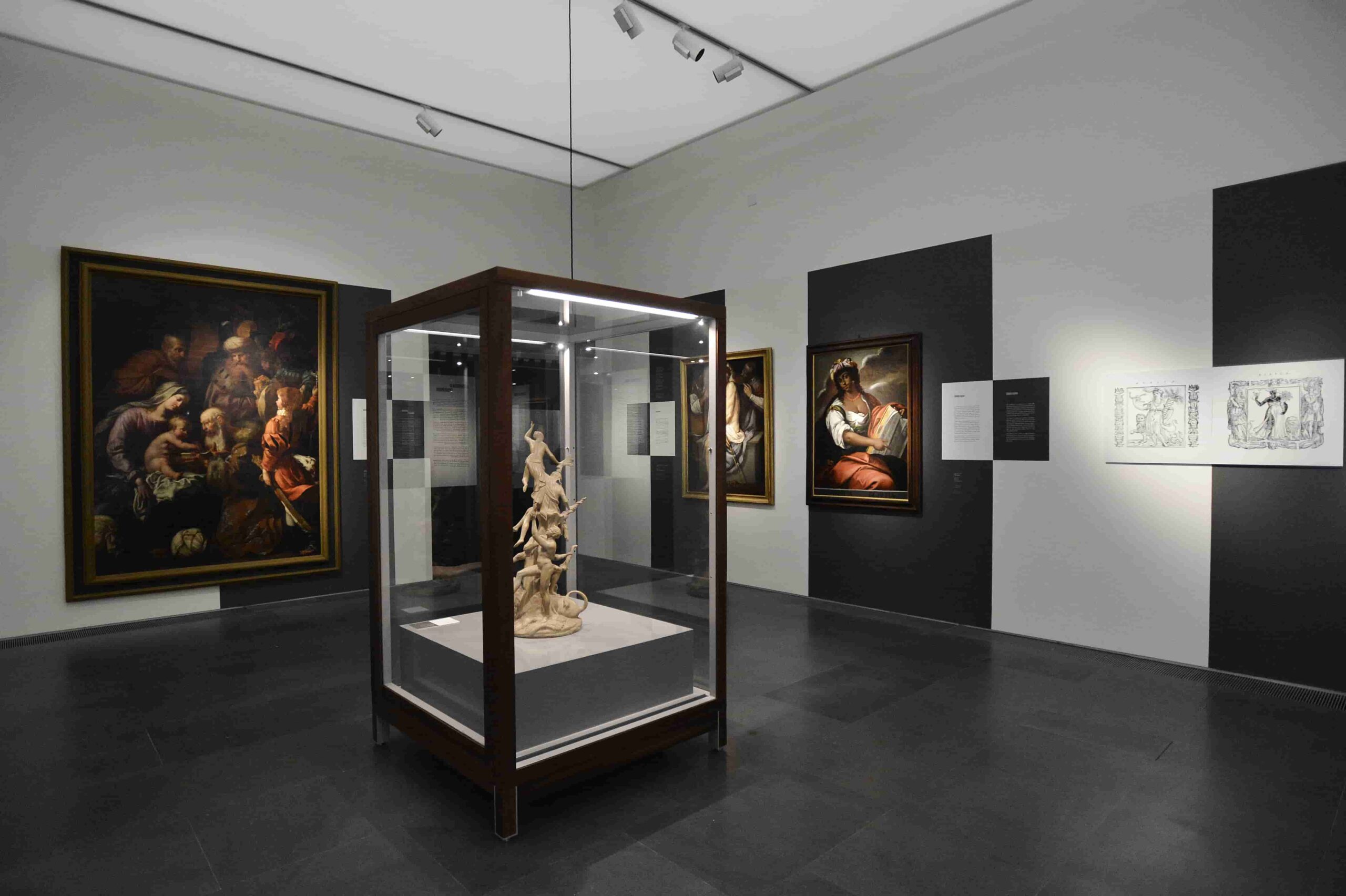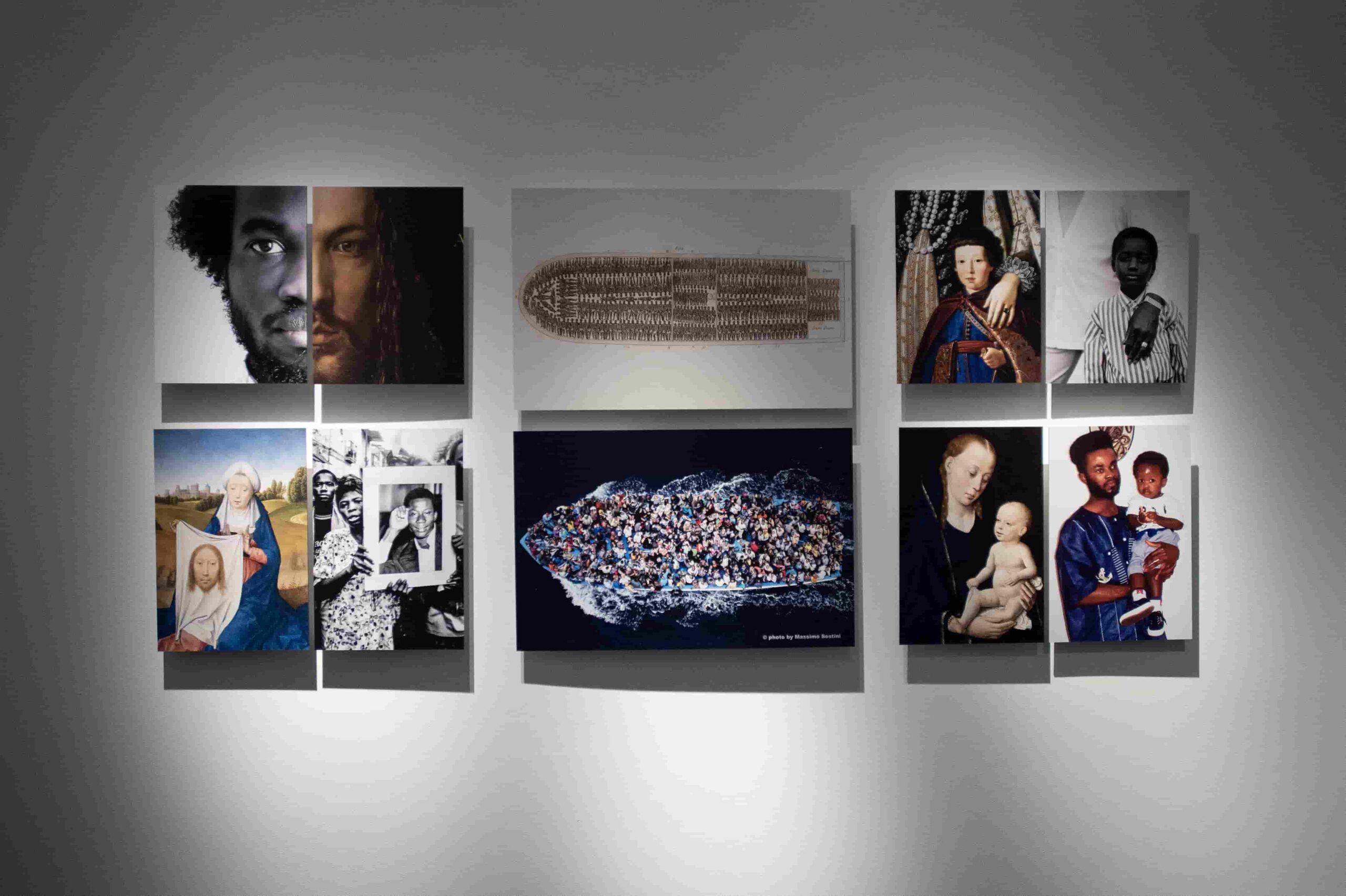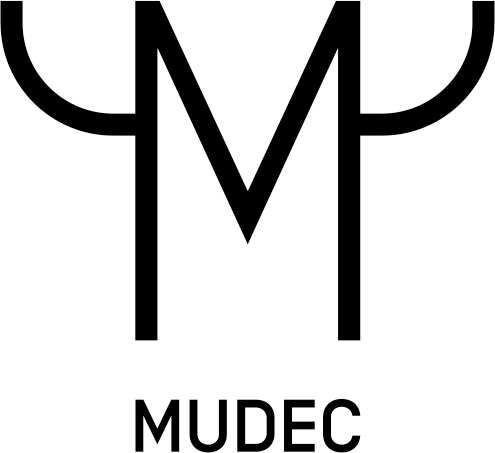
The Voice of the Shadows
African presences in northern Italy art (XVI – XIX century)
May 13th – September 18th, 2022
Free entry
The exhibition curated by the Conservatory of the Mudec, is one of the first in Italy dedicated to representation of men and women of African descent and on slavery in northern Italy between 16th and 19th century.
Through the display of works such as paintings and sculptures, but also documentary testimonies, coming from important public and private institutions, the exhibition represents an attempt to identify the ways of representation of the different, unveiling canons and clichés and it is intended to provide a stimulus to investigate the phenomenon of slavery and to figure out these peoples’ identity.
The exhibition path is articulated in sections dedicated to different themes. The first one, Shadows without voices, presents servants in the shadow of their masters, served to reinforce their image of wellness. The prototype of this type of composition is the Portrait of Laura Dianti with Page by Titian: this iconography enjoys widespread fortune, as witnesses the following engraving by Sadeler and the series of paintings, which ends with the Portrait of Count Manara with his Ethiopian servant (1842), guiding image of the exhibition.
The works of the section Legend and tradition document how figures originating from Africa were included in paintings referencing religious or legendary episodes, as the black member of the Magi in the Adoration by Genovesino, or as elements of exoticism, for instance the Ethiopian woman of Cammeo Settala by Annibale Fontana or the Æthiopissa in the volume by Enea Vico (1558), among the first examples of the genre, one that described other people’s costumes.
In Flesh and Bone, the third section, exhibits works in which the black body is finally protagonist: it is the case of Muley Xeque (1566-1621), Infante of Africa and Prince of Morocco, converted to Christianity and become a symbol against the Moslem, and of Andrea Aguyar, Uruguayan former slave who accompanied Garibaldi in Italy and was renowned with his contemporaries because he participated to the heroic deeds of the Risorgimento.
The exhibition ends with the series of photographic diptychs Echi e Accordi by Theophilus Imani, an Italian visual researcher of Ghanaian origin. The artist compares details of classical works to contemporary images of Afro descents, giving through contrast a different perspective on historical images. His work, together with that conducted on the sources by the researchers, whose contributions are contained in the exhibition catalogue, problematises the stereotype and puts people back at the centre.
Fill in the FORM or Login with the credentials in your possession to download high resolution images

Portrait of Count Giuseppe Manara with his Ethiopian servant
Giovanni Carnovali called il Piccio (1804-1873)
1842
Olio su tela
Private collection

Page with three dogs, a groundhog and a monkey
Northern Italian painter
Late 17th – early 18th century
Oil on canvas
Milan, Villa Necchi Campiglio








